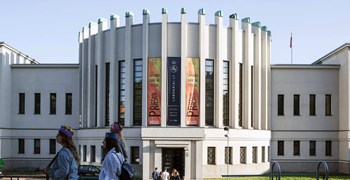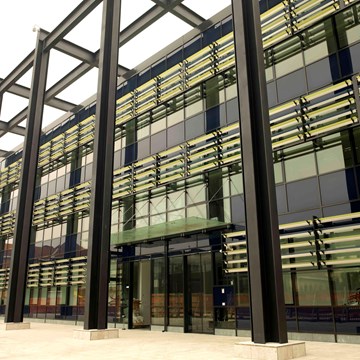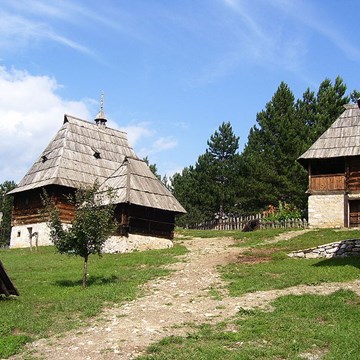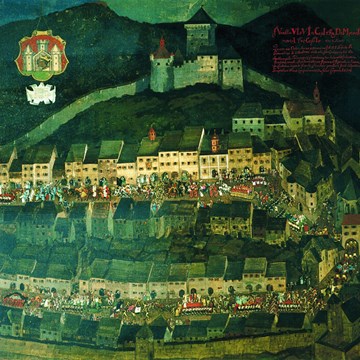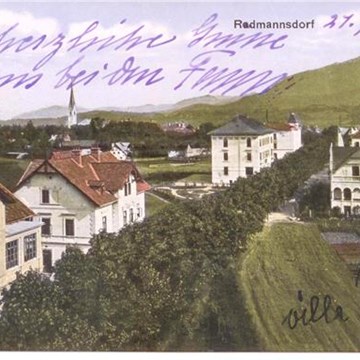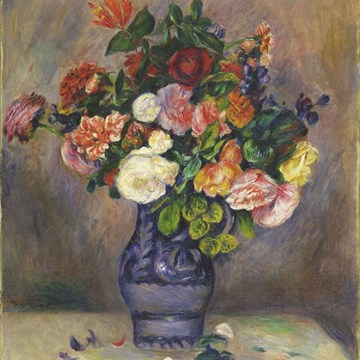The video and sound installation "The Rhythm of Memory"
M. K. Čiurlionis National Museum of Art, in order to encourage contemporary design and art creators to use Čiurlionis's inexhaustible creativity, applying his ideas in our everyday life, continues the series of mini-exhibitions "Čiurlionis and Design".
The third exhibition inspired by the work of M. K. Čiurlionis presents the video and sound installation "The Rhythm of Memory" by artist Monika Žaltauskaitė Grašienė-Žaltė and composer Kipras Mašanauskas.
Working on the project, the authors had set their goals in transforming Čiurlionis' sketches created for vignettes to apply them in the design of fabrics and in sounds. The great artist's ability to create in an interdisciplinary way appeared inspiring and proved to be quite relevant in today's art context.
The installation combines the Čiurlionian image and sound, which are masterfully transformed by recreating the prevailing forms, rhythms, recurrences and a spatial expression. Rhythm is at the heart of these works, and acts uniformly, both from the conceptual and technological points of view, when digitising the image, weaving the fabric, or producing a digital sound to create its spatial expression. A personal and unique approach of both artists is essential in creating a shared sense of our own identity and the rhythm of global human unity.
Artist Monika Žaltauskaitė Grašienė -Žaltė: "Working on the installation The Rhythm of Memory, I referred to a lesser-known world of M. K. Čiurlionis – sketches and vignettes. I think this is a very important creative point that reveals the artist's multi-layered perception of the world. As a basis for the installation, I chose a sketch by M. K. Čiurlionis for a vignette entitled Boats (1909). My choice was not accidental as the idea of the sketch is based on a rhythmic composition. Rhythm here becomes the main means of creative expression – it implies not only extremely visual but also musical features. The other six sketches are transformed into functional fabrics, made ready to be used in a wide range of applications in public life. This is a viable pattern of M. K. Čiurlionis' sketches, which has been transferred into a contemporary field of the digitised weaving, where warp-vertical and weft-horizontal intertwine to create an unbroken thread – a thread of life for co-creation".
Composer Kipras Mašanauskas: "When creating this composition, I aimed to reveal my perception of Čiurlionis’ music today, at this moment, both when surveying his concrete sketch and trying to feel the cosmic nature of the artist’s visual art in general. By choosing certain sequences of sounds from the piano ballad in F sharp minor (VL 272a), I have tried to merge the different passages of time into a single one, making use of the timbral plasticity of instruments as a basis for the continuous variation of vibrations in space: from a barely audible polyrhythmicity of the vibrations' undulations to a clearly audible rhythmic movement".
You are welcome to a nearby Music hall to view the composition Boats and hear the musical composition.
Exhibitions and events
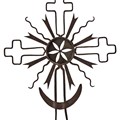
“LITHUANIA – THE LAND OF CROSSES”
Permanent exhibitionLithuanian crosses are a unique phenomenon. In 2001, UNESCO included Lithuanian cross-crafting in the representative list of masterpieces of the Intangible Cultural Heritage of Humanity. They are a...
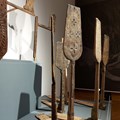
“THE ARCHAICS: LITHUANIAN FOLK ART XVIII–XX C.”
Permanent exhibitionThe exposition aims to unfold our nation’s cultural heritage of the 18th – 20th centuries through the M. K. Čiurlionis National Museum of Art’s collection of Lithuanian folk art which is comprised...

FROM AMBER TO THE STARS. TOGETHER WITH M. K. ČIURLIONIS: NOW AND THEN
Temporary exhibition at Mikalojus Konstantinas Čiurlionis National Museum of Art until 12.10.2025Celebrate the 150th anniversary of the birth of Mikalojus Konstantinas Čiurlionis, Lithuania’s most famous composer and Symbolist painter! The exhibition FROM AMBER TO THE STARS. TOGETHER WITH...
Activities from this museum
We don't have anything to show you here.
